Metal Gasoline Storage Tank Grounding
bobinbaltimore
13 years ago
Related Stories
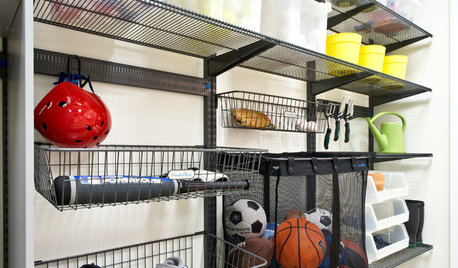
GREAT HOME PROJECTSHow to Make Your Garage a Storage Powerhouse
New project for a new year: Add shelving and containers to get your stuff off the garage floor — and still have room for the car
Full Story
GREEN BUILDINGHow to Harvest Rainwater for Your Garden
Conserve a vital resource and save money by collecting stormwater for irrigation in a barrel or tank
Full Story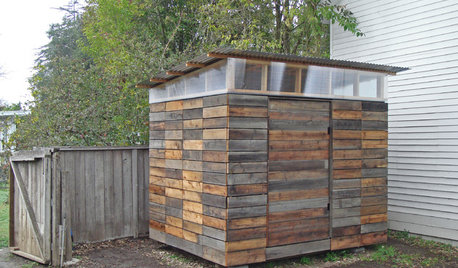
STORAGE2 Weeks + $2,000 = 1 Savvy Storage Shed
This homeowner took backyard storage and modern style into his own hands, building a shed with reclaimed redwood and ingenuity
Full Story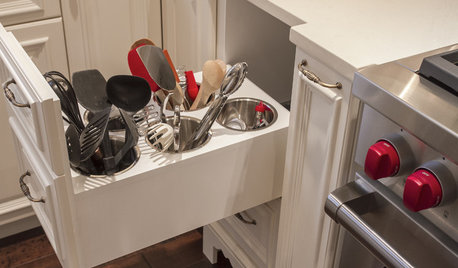
MOST POPULARThe 15 Most Popular Kitchen Storage Ideas on Houzz
Solve common kitchen dilemmas in style with custom and ready-made organizers, drawers, shelves and more
Full Story
MOST POPULARHow to Add a Backyard Shed for Storage or Living
Need a home office, a playspace or extra room for your stuff? Learn about off-the-shelf, prefab and custom sheds
Full Story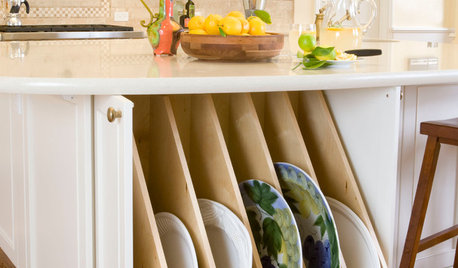
KITCHEN STORAGE13 Popular Kitchen Storage Ideas and What They Cost
Corner drawers, appliance garages, platter storage and in-counter knife slots are a few details you may not want to leave out
Full Story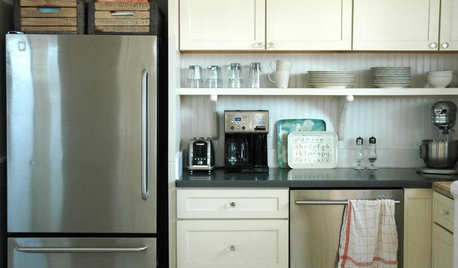
KITCHEN DESIGNTrick Out Your Kitchen Backsplash for Storage and More
Free up countertop space and keep often-used items handy by making your backsplash more resourceful
Full Story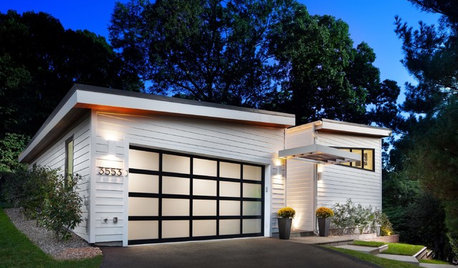
GARAGESKey Measurements for the Perfect Garage
Get the dimensions that will let you fit one or more cars in your garage, plus storage and other needs
Full Story
KITCHEN STORAGEShow Us Your Hardworking Pantry
Do you have a clever and convenient kitchen storage setup? Throw some light on the larder and share your pictures and strategies
Full Story
FEEL-GOOD HOME12 Very Useful Things I've Learned From Designers
These simple ideas can make life at home more efficient and enjoyable
Full StorySponsored






mownie
bobinbaltimoreOriginal Author
Related Professionals
Elwood Landscape Architects & Landscape Designers · West Chester Landscape Architects & Landscape Designers · Canton Landscape Contractors · Canyon Lake Landscape Contractors · Chesapeake Ranch Estates Landscape Contractors · Framingham Landscape Contractors · Mendota Heights Landscape Contractors · Palm Beach Gardens Landscape Contractors · Ramsey Landscape Contractors · Santa Ana Landscape Contractors · Shaker Heights Landscape Contractors · Jacksonville Window Contractors · Marietta Window Contractors · Newton Window Contractors · West Springfield Window Contractorsmownie
rcmoser
mownie
bobinbaltimoreOriginal Author
mownie
bobinbaltimoreOriginal Author